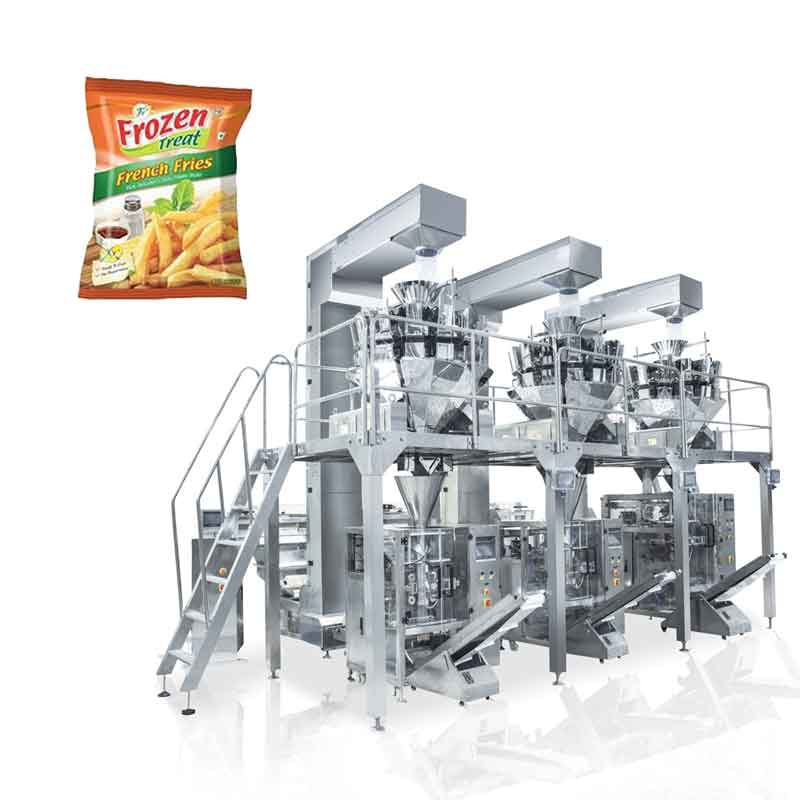How does a Food Packaging Machine Work and What is its Workflow?
Food packaging machines are essential components in the food industry, streamlining the packaging process and ensuring products are efficiently and safely packaged for distribution and consumption. Understanding how these machines work and their workflow is crucial for businesses in the food sector.
Food packaging machines operate through a series of steps that collectively form their workflow. The process typically begins with the loading of raw materials or pre-packaged food products into the machine's feed system. From there, the products move along a conveyor belt or through a series of mechanisms, undergoing various packaging operations such as filling, sealing, labeling, and coding.
The workflow of a food packaging machine can be broken down into several key stages:
Product Feeding: Raw materials or pre-packaged products are loaded into the machine's feed system, either manually or automatically.
Weighing and Filling: Depending on the type of packaging machine, products may undergo weighing and filling processes to ensure accurate portioning.
Sealing: Once filled, the packaging material is sealed to enclose the product securely. This can be done through methods such as heat sealing, vacuum sealing, or adhesive sealing.
Labeling and Coding: Labels containing product information, expiration dates, and barcodes are applied to the packaging. In addition, coding systems may be used to imprint batch numbers or production dates onto the packaging.
Quality Control: Throughout the packaging process, machines may incorporate sensors and detectors to inspect the quality of the packaging and ensure it meets predetermined standards.
Packaging Inspection: After the packaging is sealed and labeled, it undergoes a final inspection to detect any defects or irregularities.
Packaging Discharge: Finished packages are discharged from the machine and collected for further processing or distribution.
Food packaging machines come in various types and configurations, each designed for specific packaging requirements. Common types include form-fill-seal machines, tray sealers, vacuum sealers, and flow wrappers. The choice of machine depends on factors such as the type of product being packaged, packaging material, production volume, and desired packaging format.
The workflow of a food packaging machine is characterized by precision, efficiency, and reliability. By automating the packaging process, these machines help businesses increase productivity, reduce labor costs, and maintain consistent packaging quality. Furthermore, they play a crucial role in ensuring food safety and hygiene standards are met, minimizing the risk of contamination and spoilage.
In real-life applications, food packaging machines are used across various sectors of the food industry, including fresh produce, dairy, meat and poultry, bakery, and convenience foods. From small-scale operations to large-scale manufacturing facilities, businesses rely on these machines to package their products efficiently and attractively.
In conclusion, food packaging machines play a vital role in the food industry by automating the packaging process and ensuring products are safely and efficiently packaged for distribution and consumption. Understanding the workflow of these machines is essential for businesses looking to optimize their packaging operations and maintain high-quality standards.
- Previous: How Do Smart Home Security Systems Function?
- Next: None
- 0



